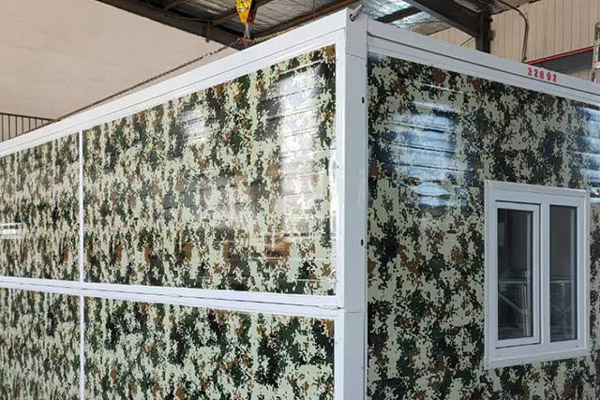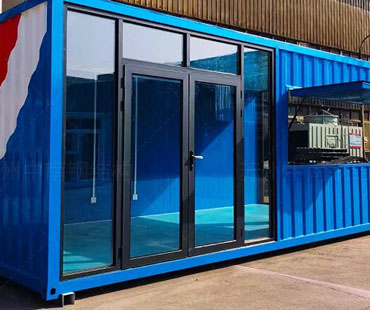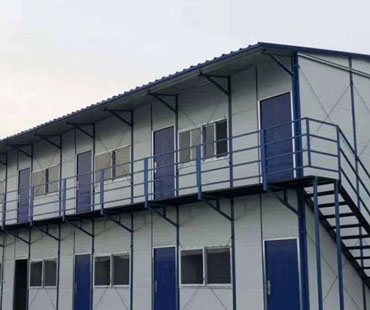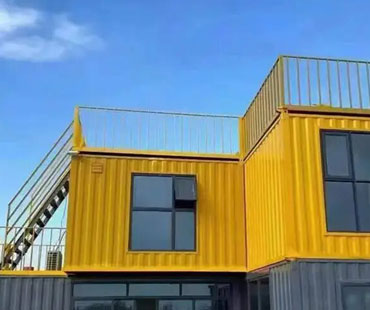In recent years, the freight logistics industry has faced increasing pressure to adopt more sustainable practices to combat climate change and minimize environmental impact. Among the most promising developments in this arena is the emergence of "green containers"—shipping containers designed and constructed with environmental protection technologies.
Freight logistics is a significant contributor to global greenhouse gas emissions, accounting for a substantial portion of the carbon footprint associated with international trade. Traditional shipping methods often rely on fossil fuels, which not only contribute to air pollution but also deplete natural resources. As consumers and businesses alike increasingly prioritize sustainability, there is a pressing need for innovative solutions that can reduce the environmental impact of transporting goods.
Green containers represent a critical step toward a more sustainable future in logistics. By integrating environmentally friendly technologies and materials into container design and operation, companies can significantly mitigate their ecological footprint while enhancing operational efficiency.
1.Sustainable Materials: Many green containers are constructed using eco-friendly materials, such as recycled steel and composite materials. These materials not only reduce the carbon footprint associated with manufacturing but also enhance durability and lifespan, leading to less frequent replacements and waste.
2.Energy Efficiency: Green containers may incorporate energy-efficient technologies, such as solar panels and wind turbines. Solar panels can be used to power onboard refrigeration systems for temperature-sensitive cargo, while wind turbines can harness renewable energy during transit, thereby reducing dependency on fossil fuels.
3.Eco-Friendly Coatings: The use of environmentally friendly coatings can help protect containers from corrosion and wear without contributing harmful chemicals to the environment. These coatings can enhance the longevity of containers, reducing the need for frequent repainting and maintenance.
4.Smart Technology Integration: Advanced technologies, such as IoT sensors and GPS tracking, can optimize the use of green containers. These innovations allow for real-time monitoring of container conditions, helping to minimize energy consumption by providing data on load conditions, temperature, and humidity. This data can improve logistics planning and reduce unnecessary transport.
5.Modular Design: Green containers can be designed in a modular fashion, allowing for easy reconfiguration based on the specific needs of the cargo. This flexibility reduces the need for multiple shipping containers, thereby optimizing space and reducing emissions associated with transportation.

The adoption of green containers in freight logistics offers numerous environmental benefits:
-Reduced Carbon Emissions: By utilizing renewable energy sources and sustainable materials, green containers can significantly lower carbon emissions associated with shipping. This reduction is critical in meeting international climate targets and fostering a greener global economy.
-Minimized Waste: The durability and longevity of green containers reduce the frequency of replacements, leading to less waste in landfills. Additionally, the use of recyclable materials contributes to a circular economy, where materials are reused and repurposed rather than discarded.
-Improved Resource Efficiency: Green containers enable more efficient use of resources through optimized logistics and energy consumption. By reducing fuel usage and enhancing operational efficiency, companies can lower their overall environmental impact.
Despite the promising advantages of green containers, several challenges remain in their widespread adoption:
-Initial Costs: The manufacturing and integration of green technologies can involve higher initial costs. However, companies must consider the long-term savings and environmental benefits associated with these investments.
-Regulatory Hurdles: Navigating the complex landscape of international regulations and standards can pose challenges for companies looking to implement green container technologies. Collaboration between governments, industry stakeholders, and regulatory bodies is essential to create a supportive framework for sustainable practices.
-Awareness and Education: Many logistics companies may lack awareness of the benefits and availability of green container technologies. Education and outreach initiatives are crucial in promoting the adoption of sustainable practices within the industry.
Green containers represent a significant advancement in the freight logistics industry’s efforts to embrace sustainability. By integrating environmental protection technologies into container design and operations, logistics companies can significantly reduce their ecological footprint while enhancing efficiency and profitability. The shift toward green containers not only aligns with growing consumer demand for sustainable practices but also contributes to broader climate goals.
As the logistics industry continues to evolve, embracing green technologies will be essential for ensuring a sustainable future. By investing in green containers, companies can lead the way in transforming freight logistics into a more environmentally responsible and efficient sector, ultimately benefiting both businesses and the planet.


